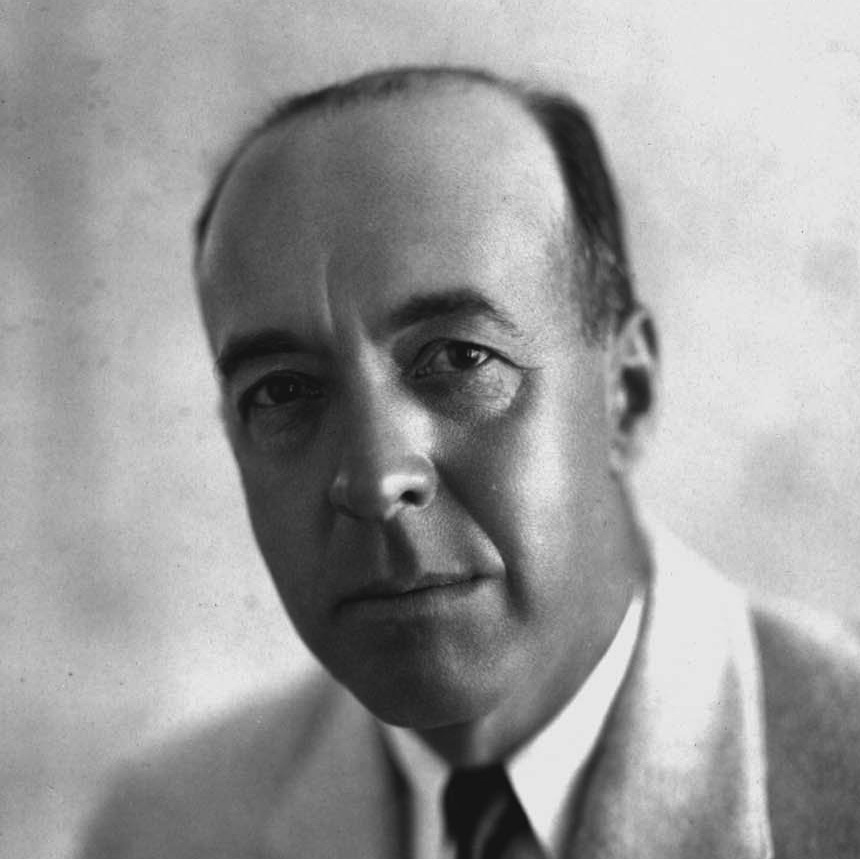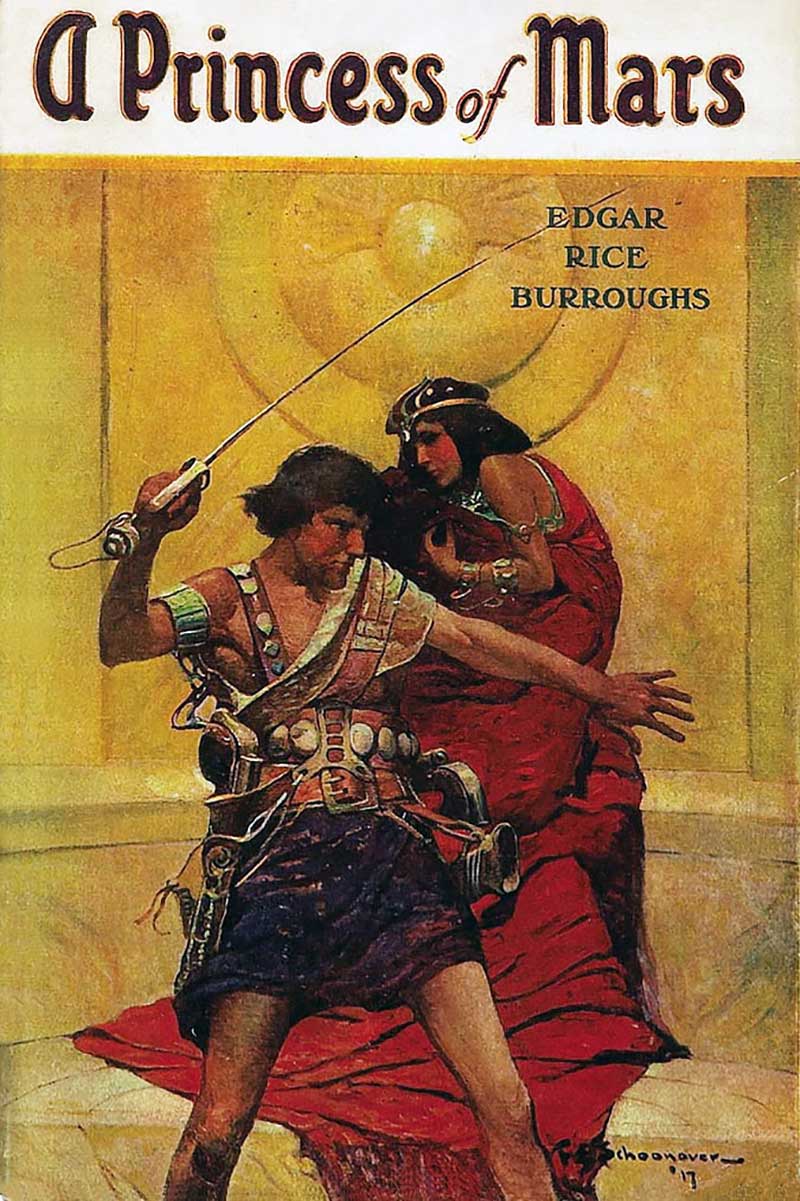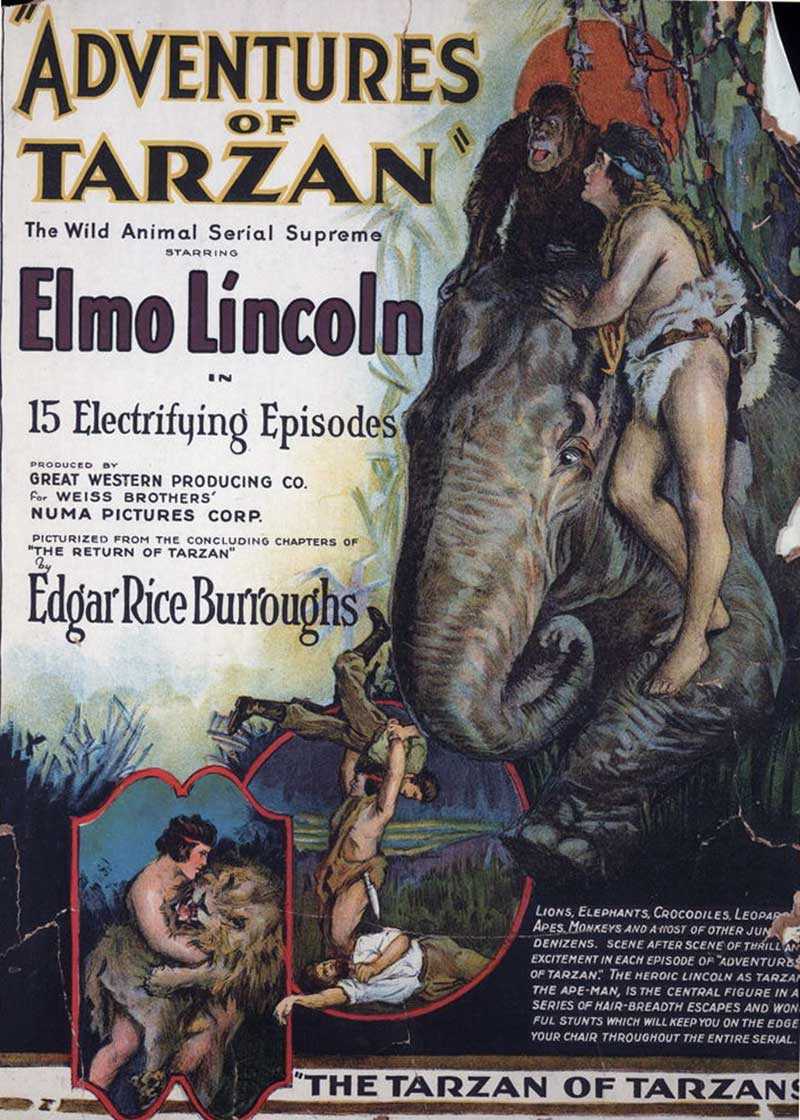I have often been asked how I came to write. The best answer is that I needed the money. When I started I was 35 and had failed in every enterprise I had ever attempted. —Edgar Rice Burroughs
Edgar Rice Burroughs (1875-1950) wrote some of the most beloved stories of our time—Tarzan of the Apes, The Land That Time Forgot and, of course, A Princess of Mars, which hit the big screen as John Carter.
Yet the above quote is no exaggeration.
Until A Princess of Mars, Burroughs seldom stuck to anything more than a year and often depended on his dad for bail outs.
Major George Tyler Burroughs, Edgar’s father, made a whiskey fortune in Chicago. After the distillery burned down, he founded the American Battery Company and made a second fortune.
Young Edgar attended the prestigious Harvard School, where he studied Latin and Greek for three years. He must have felt extreme pressure to succeed at something.
Edgar Rice Burroughs: Teenage Cowboy
When a dangerous flu epidemic broke out, his parents sent him to his brother’s ranch in Idaho. Edgar completely embraced the cowboy way of life. He helped with ranch chores, delivered mail and supplies, and rode a wild horse named “Killer” bareback.
When the epidemic passed, Edgar’s parents summoned him back to Chicago. He arrived wearing boots, Levis, a Stetson hat—and a .45 caliber Colt Single Action Army revolver.
He picked up an attitude, too. It didn’t take long for Major Burroughs, a Civil War veteran, to dispatch Edgar to the Michigan Military Academy.
Edgar stayed for five years. He went AWOL twice and got a reputation as a joker. He once staged a mock duel and pretended to kill another student.
Eventually, he channeled his energies into football and show riding. Upon graduation, the Academy offered him a teaching position. Among his duties: cavalry and Gatling gun instructor, tactical officer, football manager, and professor of geology.
A year later, Burroughs joined the army but hated it. He said the Army discharged him due to a weak heart, but one biography maintains he begged his father to pull some strings and get him out.
Once Burroughs became a professional tale spinner, his own origin story changed regularly.
The Snake Oil Salesman
Major Burroughs gave his son a job at American Battery Company. After a year, Burroughs took off to Idaho to help his brother with the roundup, bought a stationery store in a nearby town, and sold it at a loss.
He came home to his father. This time, the Major gave Burroughs even more responsibility—he appointed him treasurer of American Battery. Burroughs married Emma, his childhood sweetheart, and stayed with the company a full four years!
But settled life wasn’t enough.
He took Emma to Idaho, where he and his brother invested in a gold mine. They fell out, the mine failed, and Burroughs embarked on a string of low-paying jobs: railroad cop, construction site timekeeper, stenographer, and snake-oil salesman. Burroughs pushed a product called Alcoa, purported to cure hair loss and alcoholism. The 1906 Pure Food and Drug Law put an end to it.
At age 35, with two children and a third on the way, he finally got a job selling pencil sharpeners from a leased office. Instead of cold-calling, he read pulp fiction magazines.
I remember thinking that if other people got paid for writing such stuff I might, too, for I was sure I could write stories just as rotten as theirs.
But Burroughs also appreciated the escape pulp fiction provided. In desperation, he penned a 12-part unfinished series called “Under The Moons of Mars” and sent it to All-Story Magazine. They accepted it for serial publication and sent him a $400 check (about $8800 in 2009, according to Wikipedia).
The check was the first big event in my life. No amount of money today could possibly give me the thrill that first $400 check gave me.
By the time his “Mars” story finished its run, Burroughs had completed Tarzan of the Apes. Upon publication, Tarzan caused an immediate sensation. Both stories came out over a hundred years ago, in 1912. Burroughs never looked back.
And surprisingly (or not), he became a shrewd businessman.
Edgar Rice Burroughs: Media Mogul
Burroughs expanded Tarzan’s popularity into every media outlet of the era: books, movies, radio, merchandising, comic strips. Business experts predicted he’d fail through over-saturation.
But fans clamored for Burroughs’ stories. Tarzan became one of the most successful characters in media history.
In 1923, Burroughs took control of his books and started his own publishing company, Edgar Rice Burroughs, Inc. In a way, Burroughs’s strategy presaged the current era of alternative media and self-publishing.
The Enduring Legacy
While vacationing with Emma and the kids, Burroughs visited California and fell in love with it. Around 1915, he bought a 540-acre ranch north of Los Angeles and named it “Tarzana.”
More people moved into the area, and it became the city of Tarzana, California. In 1950, Burroughs died of a heart attack in nearby Encino, having lost the ranch during the Depression.
Tarzan overflows with theatrical prose and political incorrectness. Pulp fiction, yes. But Burroughs also explores the nature versus nurture debate and comments on the savageness of civilized life. And he knows how to tell a story.
On one level, Burroughs sounds lazy and egotistical. Yet on another, he comes across as an imaginative soul who couldn’t be fettered. Once he found his path, he became obsessed to the point of workaholism.
That I had to work is evidenced by a graph that I keep on my desk showing my word output from year to year since 1911. In 1913, it reached its peak, with 413,000 words for the year.
Edgar Rice Burroughs spent his early years rebelling against his father and much of his adulthood wandering from job to job. Yet once he gave rein to his imagination and followed his weird, he created stories that have endured for over a century, and no doubt will see many more.

Late-Blooming Wisdom Inspired by Edgar Rice Burroughs
- If you feel you’re drifting, discover what you’re avoiding and why. I think many people, especially writers, avoid their passion because they feel it’s too odd or “low-brow.” Check out R.A. Evans on The Stigma of Writing Horror.
- You don’t have to be the best to be successful, but a little obsession goes a long way. The critics hated Burroughs’ writing, but the public still can’t get enough of it.
Further Reading
“How I Wrote the Tarzan Stories” reprinted in ERBZine and Timeline from same source
Opening Image: Exotic Landscape by fellow late bloomer Henri Rousseau.


